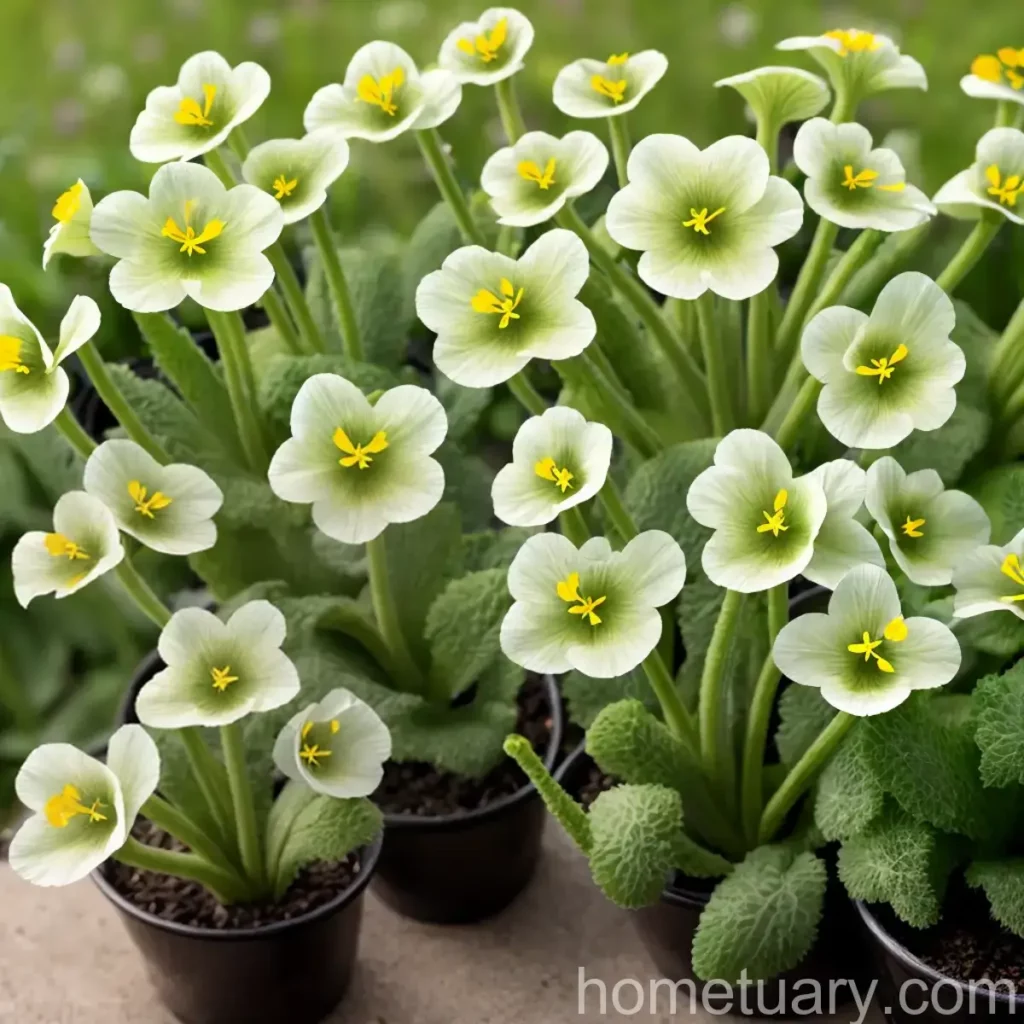The Alluring Cowslip (Primula veris): A Comprehensive Guide to Cultivation and Uses

Introduction
Cowslip (Primula veris) is a captivating perennial plant that has been cherished for centuries due to its charming yellow flowers and various medicinal properties. In this comprehensive guide, we will explore the intriguing world of cowslips, from their characteristics and folklore to their cultivation and diverse uses.
What is Cowslip (Primula veris)?
Cowslip, scientifically known as Primula veris, is a flowering plant belonging to the Primulaceae family. This species is native to Europe and Asia and is characterized by its clusters of bright yellow, bell-shaped flowers. The name “cowslip” is thought to have originated from the Old English term “cuslyppe,” which means “cow dung,” as these plants were commonly found in pastures frequented by cows.
Key Takeaways – Cowslip (Primula veris)
- Scientific Name: Primula veris
- Common Name: Cowslip
- Family: Primulaceae
- Native Habitat: Europe and Asia
- Flower Color: Yellow
- Plant Type: Perennial
Culture
Cowslips have been cultivated for centuries for both ornamental and medicinal purposes. They are often found in traditional cottage gardens and are esteemed for their delicate beauty and therapeutic properties.
Uses
The uses of cowslips are multifaceted, ranging from their medicinal applications to their horticultural significance and cultural symbolism.
Cultivation
Cultivating cowslips requires a keen understanding of their environmental requirements and care guidelines. From water and sunlight needs to soil and fertilizer preferences, providing the ideal conditions is crucial for their well-being.
Water
Cowslips thrive in moderately moist soil, and it is essential to maintain a consistent level of moisture, especially during the growing season. They require well-draining soil to prevent waterlogging, which can be detrimental to their health.
Sunlight
As native inhabitants of meadows and grasslands, cowslips flourish in partial shade to full sun. However, sheltering them from the intense midday sun can help preserve the quality of their blossoms.
Fertilizer
While cowslips are not heavy feeders, they can benefit from a light application of balanced fertilizer in early spring to support their growth and flowering.
Soil
The ideal soil for cowslips is rich, humusy, and well-draining. A slightly acidic to neutral pH range is most favorable for their development.
Pruning
Pruning cowslips primarily involves the removal of spent flowers and yellowing foliage to maintain a tidy appearance and encourage continuous blooming.
Propagation
Cowslips can be propagated from seeds or by division. Both methods have their unique advantages and can be employed to expand a cowslip collection or establish new plantings.
Container Popularity
Due to their compact size and enchanting blooms, cowslips are favored as container plants, making them a delightful addition to balconies, patios, and small gardens.
Container Common Diseases
While cowslips are relatively disease-resistant, they may occasionally be susceptible to fungal infections, particularly in humid conditions. Vigilance and proper ventilation can help mitigate these issues.
Disease Diagnosis
Identifying common diseases such as powdery mildew and leaf spot early on allows for timely intervention and the preservation of plant vigor.
Common Pests
Aphids and slugs are among the potential pests that may afflict cowslips. Implementing integrated pest management strategies can effectively manage these nuisances.
Botanist’s Tips
- Plant cowslips in well-draining soil with good organic content to promote healthy root development.
- Regular deadheading of spent flowers encourages prolonged flowering and maintains the plant’s aesthetic appeal.
- Prioritize organic pest control methods to minimize the impact on beneficial pollinators and other wildlife.
Fun Facts
- The name “Primula” is derived from the Latin word “primus,” meaning “first,” reflecting the plant’s early spring blooming habit.
- In folklore, cowslips were associated with fairies and were believed to mark the spots where fairies had danced.
Links to External Resources
For further information on cowslips and related topics, explore the following resources:
– The Royal Horticultural Society
– Kew Gardens
– Botanical Society of Britain and Ireland
Conclusion
Cowslips are undeniably captivating plants with a rich tapestry of cultural, horticultural, and medicinal significance. From their cheerful blooms to their time-honored uses, cowslips continue to enchant and inspire plant enthusiasts and herbalists alike. By understanding and appreciating the intricate facets of cowslip cultivation and heritage, we can foster a deeper connection with these remarkable plants and perpetuate their legacy for generations to come.















